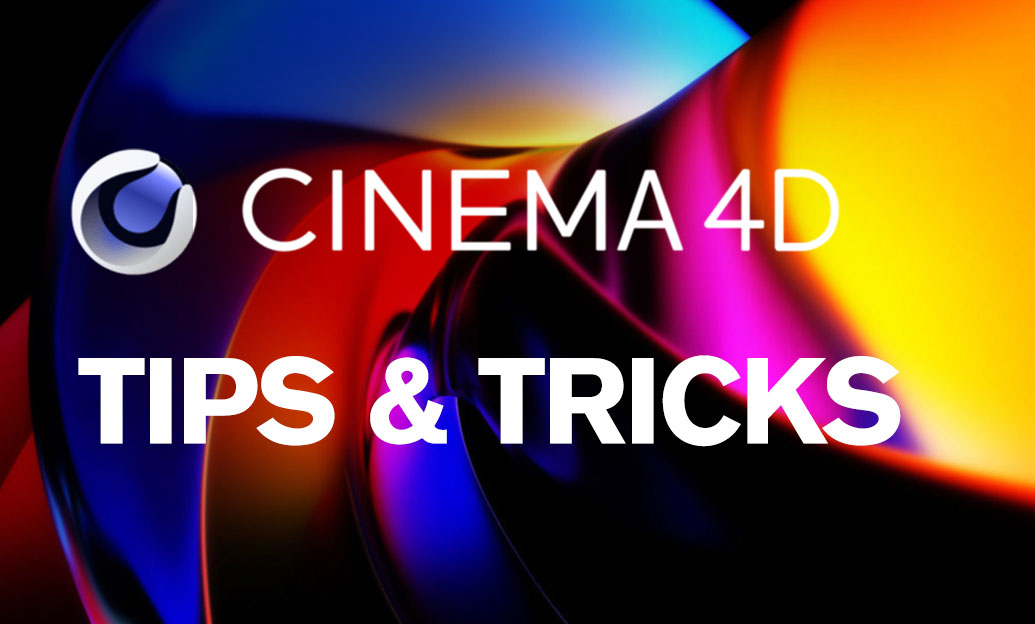Your Cart is Empty
Customer Testimonials
-
"Great customer service. The folks at Novedge were super helpful in navigating a somewhat complicated order including software upgrades and serial numbers in various stages of inactivity. They were friendly and helpful throughout the process.."
Ruben Ruckmark
"Quick & very helpful. We have been using Novedge for years and are very happy with their quick service when we need to make a purchase and excellent support resolving any issues."
Will Woodson
"Scott is the best. He reminds me about subscriptions dates, guides me in the correct direction for updates. He always responds promptly to me. He is literally the reason I continue to work with Novedge and will do so in the future."
Edward Mchugh
"Calvin Lok is “the man”. After my purchase of Sketchup 2021, he called me and provided step-by-step instructions to ease me through difficulties I was having with the setup of my new software."
Mike Borzage
V-Ray Tip: Streamline V-Ray Workflow with Interactive Lighting Techniques
February 10, 2025 2 min read

Enhancing your V-Ray workflow with interactive lighting can significantly streamline the scene setup process. Leveraging V-Ray's Interactive Lighting features allows for real-time adjustments and immediate visual feedback, making it easier to achieve the desired lighting effects efficiently.
-
Enable Interactive Rendering:
- Start by activating the interactive rendering mode in V-Ray. This mode updates the render in real-time as you make changes to your lighting setup, providing instant visual feedback.
- Access this feature through the V-Ray toolbar or by pressing the
F10key.
-
Choose the Right Light Types:
- V-Ray offers various light types such as V-Ray Sun, V-Ray Dome Light, and V-Ray IES Light. Select the appropriate light type based on the scene requirements.
- For natural outdoor lighting, V-Ray Sun combined with V-Ray Dome Light can simulate realistic sky conditions.
-
Adjust Light Parameters in Real-Time:
- Modify key light attributes such as intensity, color temperature, and position directly within the interactive rendering window. These adjustments are reflected immediately, allowing for precise control over the lighting setup.
- Use the V-Ray Light Editor to fine-tune settings like decay type, shadow density, and light decay, enhancing the realism of your scene.
-
Utilize Light Linking:
- Control which objects are influenced by specific lights through V-Ray's Light Linking feature. This selective lighting approach helps in reducing render times and focuses lighting where it's most needed.
- Access Light Linking via the V-Ray toolbar and assign lights to target or exclude certain objects, providing greater flexibility in complex scenes.
-
Incorporate HDRI Maps for Enhanced Realism:
- Integrate High Dynamic Range Images (HDRI) into your interactive lighting setup to achieve more natural and dynamic lighting conditions.
- V-Ray's interactive lighting supports seamless HDRI integration, allowing for quick adjustments and immediate preview of the lighting impact.
-
Optimize Performance Settings:
- Balance render quality and speed by adjusting interactive rendering settings such as noise threshold and adaptive sampling. Lowering the noise threshold can enhance image clarity, while higher settings can speed up the render process.
- Enable V-Ray's GPU rendering if available, as it can significantly reduce render times and improve interactivity.
-
Save and Reuse Lighting Setups:
- Once you've achieved an optimal lighting arrangement, save your settings as presets for future projects. This practice ensures consistency and saves time when setting up similar scenes.
- V-Ray allows users to export and import lighting setups, facilitating easy reuse across different projects.
For more advanced techniques and professional guidance on mastering V-Ray's interactive lighting features, visit NOVEDGE. NOVEDGE offers a wealth of tutorials, expert tips, and in-depth resources to help you elevate your rendering projects and achieve stunning results with V-Ray.
You can find all the V-Ray products on the NOVEDGE web site at this page.
Also in Design News

Cinema 4D Tip: Optimizing Visual Fidelity in Cinema 4D's Physical Renderer
September 12, 2025 3 min read
Read More
Bluebeam Tip: Maximize Workflow Efficiency with Dynamic Reports in Bluebeam Revu Using PDF Summary
September 12, 2025 2 min read
Read More
V-Ray Tip: Creating Realistic Water Materials in V-Ray: Essential Tips and Techniques
September 12, 2025 2 min read
Read MoreSubscribe
Sign up to get the latest on sales, new releases and more …


